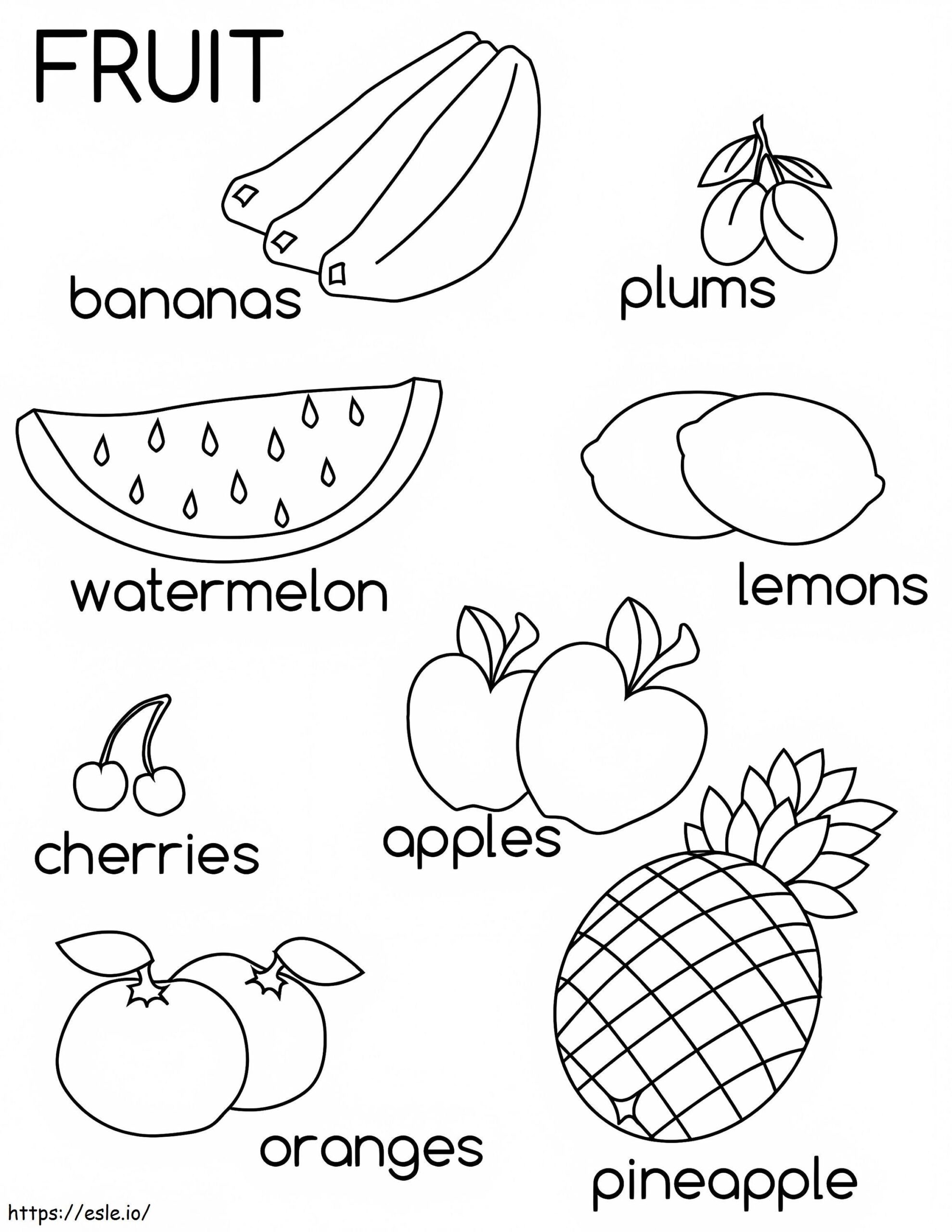Coloring pages have long been a popular activity for children, but did you know that they can also be a useful tool for learning English? By combining coloring with vocabulary practice, students of all ages can improve their language skills in a fun and engaging way.
Coloring pages provide a visual aid that can help learners associate words with images, making it easier to remember vocabulary. This hands-on approach can be especially beneficial for visual learners who may struggle with traditional language learning methods.
Benefits of Using Coloring Pages for English Learning
One of the main benefits of using coloring pages to learn English is that it encourages creativity and imagination. As students color in different images, they can practice describing what they see, expanding their vocabulary and language skills in the process.
Additionally, coloring pages can be used to teach grammar concepts such as tenses, prepositions, and adjectives. For example, students can color in a picture of a beach scene and then describe it using the appropriate vocabulary and grammar structures.
Another advantage of using coloring pages for English learning is that it can be a relaxing and enjoyable activity. By combining coloring with language practice, students can reduce stress and improve their overall language learning experience.
Furthermore, coloring pages can be a versatile tool for English teachers, as they can be used for learners of all levels. From basic vocabulary building to more advanced grammar practice, coloring pages can be adapted to suit the needs of each individual student.
In conclusion, coloring pages can be a valuable resource for learning English in a fun and interactive way. By incorporating coloring into language practice, students can improve their vocabulary, grammar, and overall language skills while enjoying a creative and engaging activity.
